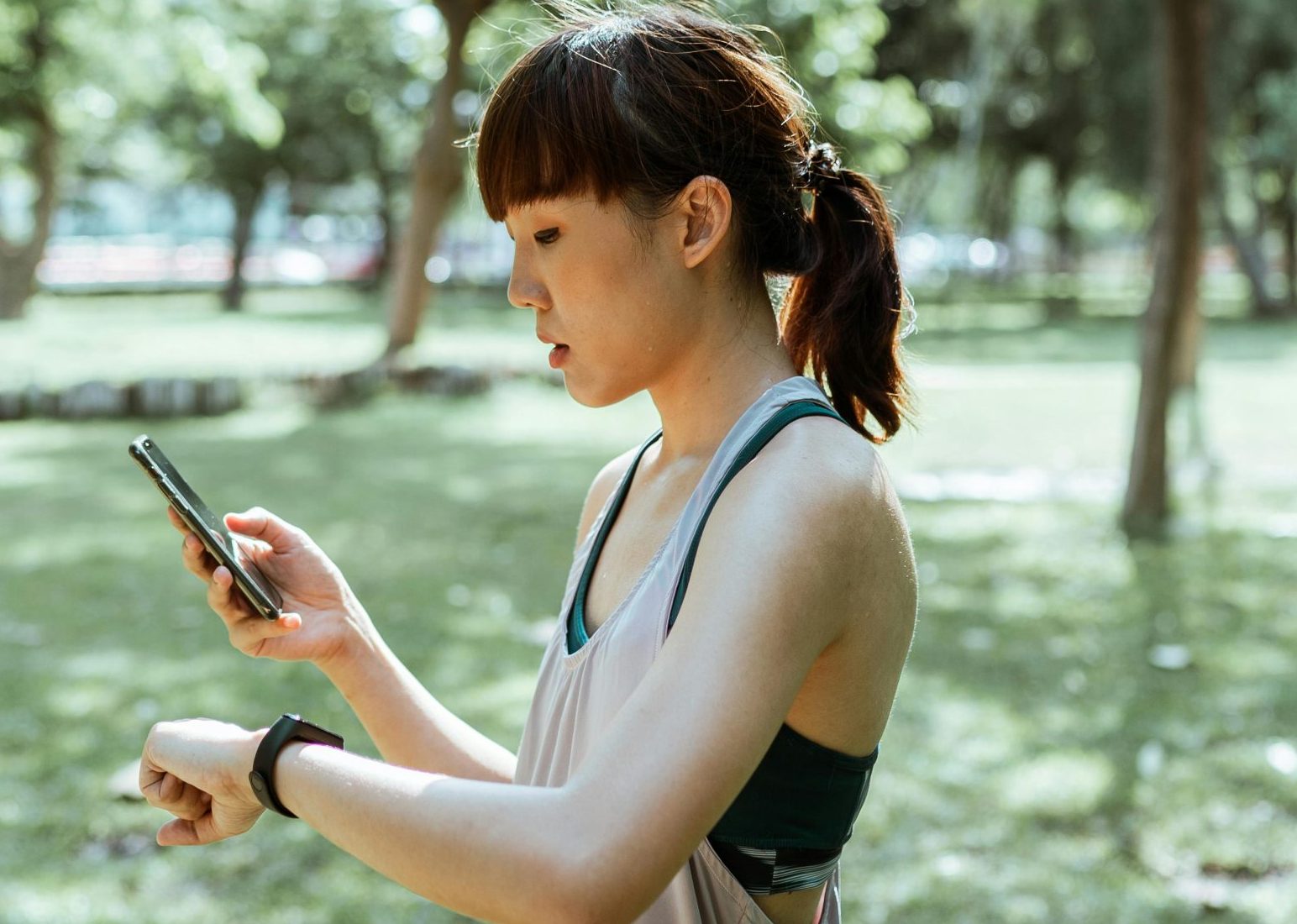Can Smart Wristbands with UV Sensors Help Reduce Skin Cancer Risks?

In the growing era of digital health technology, wearable devices armed with sensors have become a staple in many of our routines. From monitoring heart rate to tracking sleep patterns, these gadgets offer a wealth of health-related data at our fingertips. But their potential doesn’t stop there. Let’s explore a new and innovative application: wearable devices equipped with sensors that monitor sun exposure. Could these skin-friendly gadgets help us avoid the perils of skin cancer?
Unveiling the Risk: Sun Exposure and Skin Cancer
Sun exposure, while essential for vitamin D synthesis, can have detrimental effects on our skin health. The sun’s rays consist of two types of harmful light: ultraviolet A (UVA) and ultraviolet B (UVB). Both can damage the skin and lead to skin cancer. It’s a cause for concern, especially considering how hard it can be to gauge our exposure during a day outside. Here is where wearable sensor technology could play a critical role.
A lire aussi : What’s the Potential of AI in Customizing Treatment Plans for Chronic Conditions?
Wearable devices with built-in UV sensors can track sun exposure in real-time, providing users with data about their daily UV radiation intake. These devices can alert users when they’re approaching harmful levels, promoting safer sun habits. They could also provide valuable information to dermatologists, enabling more effective screening and early detection of skin cancer.
How Do Wearable UV Sensors Work?
To understand the potential of these devices in combating skin cancer, we need first to delve into how they operate. These wearable sensors work by detecting UV light, the type of radiation that causes sunburn, skin aging, and skin cancer.
A lire aussi : How Can AI-Powered Budgeting Tools Revolutionize Personal Finance Management?
The device’s sensor uses photodiodes, light-sensitive instruments, to measure UV radiation. The data gathered is then interpreted by an algorithm, which calculates the user’s UV exposure based on the UV index and the time spent under the sun. With this information, the device can alert the user when their sun exposure reaches dangerous levels.
The wearable’s readings are typically displayed on an accompanying smartphone app, allowing users to monitor their exposure throughout the day. Some devices even offer personalized recommendations, such as when to apply sunscreen or seek shade, based on the user’s skin type and current UV exposure.
The Potential of Wearable UV Sensors in Skin Cancer Prevention
The power of these devices lies in their potential to promote proactive sun protection habits. By providing real-time data about UV exposure, users can make informed decisions about their sun safety, such as applying more sunscreen or moving indoors.
Furthermore, these wearables could play a significant role in skin cancer prevention. Skin cancer is often linked to cumulative sun damage over time. Thus, consistently monitoring and managing sun exposure could help reduce this risk.
Moreover, the data collected by these devices could be instrumental in early skin cancer detection. Regularly reviewing UV exposure data could reveal patterns or changes that warrant medical attention. With this information, dermatologists can make more nuanced recommendations and potentially catch early signs of skin cancer.
A Case Study: Wearable UV Sensors in Practice
Many companies have already introduced UV-sensing wearables to the market, attesting to the potential of this technology. One such device, the UV Sense by L’Oréal, is a battery-free wearable that sticks directly onto the skin. It measures UV exposure and syncs the data to a companion app, which provides personalized tips and reminders about sun safety.
Early feedback from users has been positive, citing the device’s ease-of-use and the valuable information it provides. However, as with any technology, there are areas for improvement. Some users have noted that the device’s adhesive wears out over time, limiting its lifespan. Others have suggested the app could offer more detailed feedback about UV exposure.
Despite these hiccups, preliminary studies suggest these wearables can promote healthier sun habits. In one study, participants who used a UV-sensing device reported increased use of sun protection compared to a control group. Although further research is needed, this finding suggests that wearable UV sensors could potentially contribute to reducing skin cancer risks.
The Future of Wearable UV Sensors
The realm of wearable UV sensors is still in its infancy. As the technology matures, we can expect more sophisticated devices with improved accuracy, user-friendliness, and feedback mechanisms. For instance, future devices could incorporate more personalized factors into their algorithms, such as the user’s age, skin pigmentation, and history of sunburn, to provide more accurate exposure readings.
Another exciting prospect is the integration of these devices into other wearable technology. Imagine a smartwatch that, in addition to tracking your steps and heart rate, also monitors your UV exposure. This convergence of technologies could make UV monitoring more accessible and seamless, further bolstering the fight against skin cancer.
However, it’s essential to remember that while these devices offer promising benefits, they don’t replace traditional sun safety measures. Wearable UV sensors should be used in conjunction with, not as replacements for, habits like regular sunscreen application and protective clothing.
In summary, wearable devices equipped with UV sensors hold considerable promise in promoting sun safety and potentially reducing the risk of skin cancer. As we continue to innovate in the realm of digital health, the potential for these devices to positively impact our health is truly exciting.
Leveraging Technology: The Role of Google Scholar and Tech Briefs in Wearable Devices Research
To fully realize the potential of wearable sensor technology, thorough research and in-depth studies are paramount. Google Scholar and Tech Briefs are valuable tools in obtaining reliable information on the latest advancements and scientific research related to wearable devices and skin cancer prevention.
Google Scholar, a freely accessible web search engine, is an essential tool for researchers and scientists. It indexes a breadth of scholarly literature across many disciplines, providing access to numerous articles, theses, books, and conference papers. A simple search on Google Scholar using keywords such as "wearable sensors", "UV radiation", "skin cancer", and "sun protection" can yield a wealth of knowledge. It can guide researchers in identifying trends, finding gaps in the current body of research, and generating new ideas for developing more efficient wearable devices.
On the other hand, Tech Briefs offers valuable insights into new technologies and their applications. With sections dedicated to Medical Design and Design Briefs, the platform provides up-to-date information on wearable sensor technology, ultraviolet radiation, and skin cancer research. It features articles on the latest sensor devices, how visible light affects skin health, and methods to ensure safe exposure to sunlight.
By utilizing these resources, researchers can stay at the forefront of technological advancements in wearable devices. They can also leverage this knowledge to develop innovative solutions for skin cancer prevention and promote sun safety habits.
The Road Ahead: The Future of Wearable Devices in Skin Cancer Prevention
As technology advances, the potential of wearable devices in skin cancer prevention continues to grow. The continuous evolution of sensor technology opens new avenues for more efficient UV monitoring, personalized radiation alerts, and improved sun protection mechanisms.
The future of wearable sensors could see the integration of additional health monitoring features. For instance, a device could simultaneously track heart rate, sleep patterns, and UV exposure, providing users with a comprehensive overview of their health status. Such devices could also offer personalized sun safety recommendations based on factors such as light intensity, time spent outdoors, and user-specific data like skin type and sunburn history.
Furthermore, the development of more advanced light sensors could enhance the accuracy of UV monitoring. These sensors could provide more precise readings of UVA and UVB radiation, enabling users to manage their sun exposure more effectively.
In addition, future wearable devices might incorporate innovative design elements to enhance user experience. For instance, sleek and fashionable design briefs could encourage more people to adopt these devices, thereby promoting a culture of sun safety.
However, it’s crucial to emphasize that while these advancements offer exciting potential, traditional sun safety measures remain integral. The use of wearable devices should complement, not replace, habits like wearing sunscreen and protective clothing.
In conclusion, wearable devices equipped with UV sensors present a promising avenue towards promoting sun safety and reducing skin cancer risks. As we continue to leverage technology, the potential for these devices to positively impact our health is truly exciting. With continuous research and innovation, the future of wearable sensor technology in skin cancer prevention holds immense promise.
